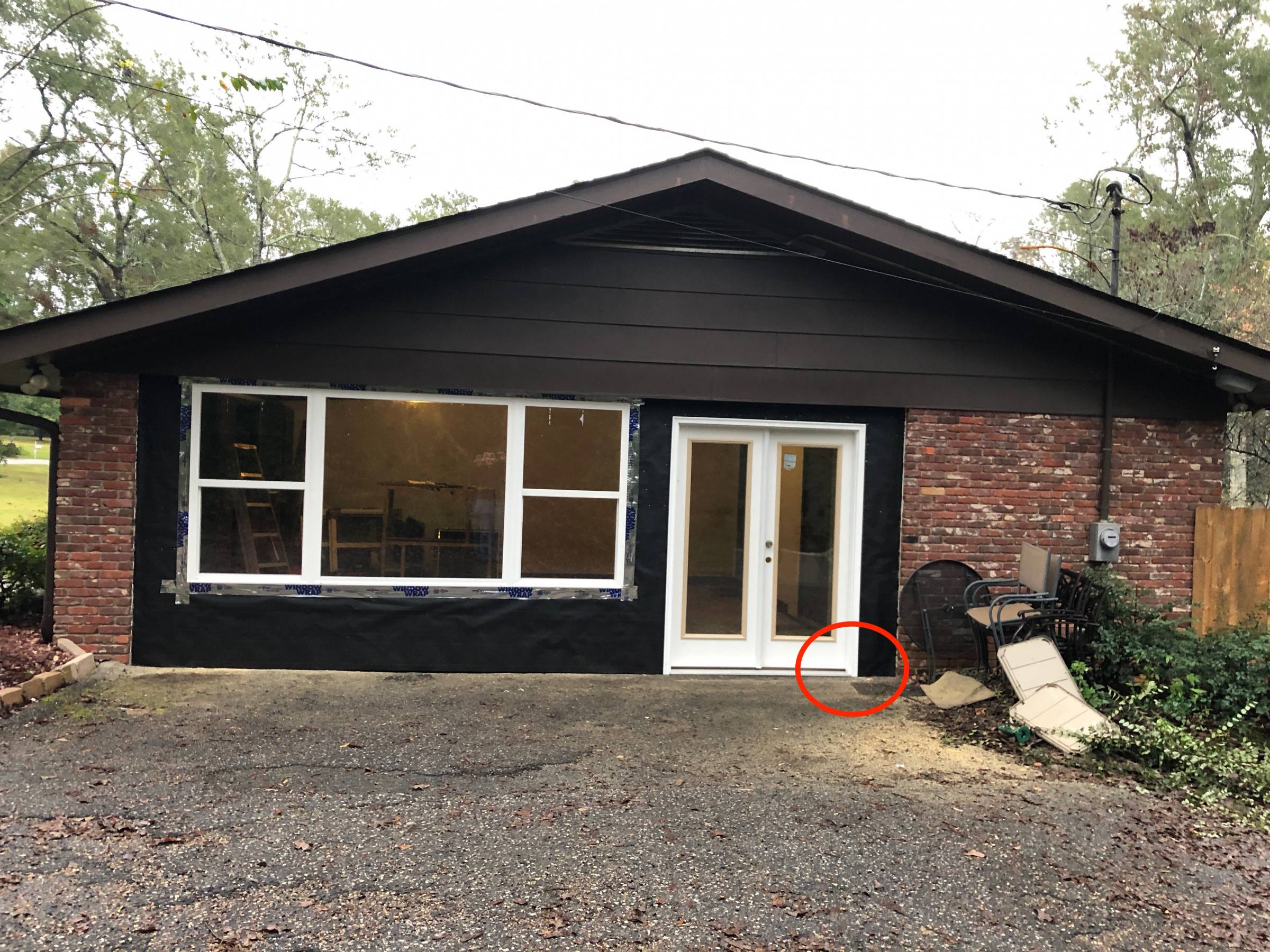
Garage door cables are vital components of your garage system. Without them, your door won't open. They attach directly to your springs. Garage doors can become out of alignment if one of the cables fails.
When your cable snaps or breaks it is a big problem and you may need to call a Loveland garage door repair expert to replace it for you. The cables attach at the bottom of the door. Once they reach the drums where the springs are, they turn them.
The cables are made from strands of wire that are twisted together and are given ratings to show how much weight they can carry. This rating is important as it will let you know if the springs can take the load.

Residential doors are usually rated to 3/32" or 1/8 inch diameters. Commercial garage doors are rated to 5/32", 3/16", 1/2", or 3/8 inch depending on their weight and lift type. You will need to measure the entire cable, including loops, ends, and thimbles, before you order a garage doors length.
Torsion Cables
A standard torsion garage-door cable is composed of a loop end with a sleeve. This wraps around the bottom bracket. The outer stop ends fit into the groove of cable drum. An alternative torsion cable can be ordered for applications such as rear torsion, full vertical lifting, and high lift. It must be calculated using garage engineering software.
Stainless Steel Cables
These cables are often used on box trucks. They should be made out of stainless steel. They also need to be very durable and withstand exposure to elements like moisture, salt, and general wear and tear.
Garage Door that tilts up
A tilt-up garage door is an attractive and popular addition to many homes. They come in a variety of styles and can be wood or steel.

They are very easy to operate and can be installed quickly by an experienced technician. However, they require regular maintenance and scheduled visits from a professional to keep them working correctly.
Keeping Your Garage Door Cables In Good Condition
Garage door cables should be checked regularly and lubricated every now and again. It can create friction that makes it harder for the pulleys and rollers to work properly. This could reduce the system's life expectancy.
Clogged tracks – If your tracks are not cleaned regularly, dirt and other debris could build up on them. This could cause your door to be difficult to open. This can make your garage door opener work harder than necessary, and it may also reduce its lifespan.
FAQ
How do I determine if my house requires a renovation or remodel?
First, look at how recent your home has been renovated. A renovation might be in order if the home has not been updated for some time. You might also consider a remodel if your home is brand new.
A second thing to check is the condition of your house. You should inspect your home for holes, peeling wallpaper, and broken tiles. A remodel is not necessary if your home appears to be in great condition.
Another factor to consider is the general state of your home. Are the structural integrity and aesthetics of your home? Do the rooms look nice? Are the floors well-maintained? These are essential questions to consider when choosing the type of remodeling you want.
How long does it take for a bathroom remodel?
It usually takes two weeks to remodel a bathroom. This can vary depending on how large the job is. For smaller jobs such as installing a vanity or adding an stall to the bathroom, it can usually be done in just a few hours. Larger projects such as removing walls, laying tile floors, or installing plumbing fixtures may require several days.
A good rule of thumb is to allow three days per room. You would need 12 days to complete four bathrooms.
What is the difference between building a new home and gutting a current one?
Gutting a home involves removing everything within a building including walls and floors, ceilings as well as plumbing, electrical wiring, appliances, fixtures, and other fittings. It's often necessary when you're moving to a new house and want to make changes before you move in. The cost of gutting a home can be quite expensive due to the complexity involved. Depending on what job you do, the average cost for gutting a house is $10,000 to $20,000
Building a home is where a builder builds a house frame by frame, then adds walls, flooring, roofing, windows, doors, cabinets, countertops, bathrooms, etc. This is often done after purchasing lots of land. Building a home can be cheaper than gutting. It usually costs around $15,000-$30,000.
It comes down to your needs and what you are looking to do with the space. If you are looking to renovate a home, it will likely cost you more as you will be starting from scratch. If you're building your home, however, you don't have to tear everything down and start over. You can build it the way you want it instead of waiting for someone else to come in and tear everything up.
Why remodel my home when I can buy a brand new house?
While houses may get more affordable each year, the square footage you pay is still the same. Although you get more bang, the extra square footage can be expensive.
It's cheaper to maintain a house without much maintenance.
You can save thousands by remodeling instead of buying a new home.
By remodeling your current home, you can create a unique space that suits your lifestyle. Your home can be made more inviting for you and the family.
Is $30000 sufficient for a kitchen remodeling project?
A kitchen remodel costs anywhere from $15000 up to $35000 depending on what you are looking for. If you want a complete kitchen overhaul, expect to pay more than $20,000. If you are looking to upgrade appliances, paint or replace countertops, it is possible to do this for less than $3000.
An average cost for a complete renovation is between $12,000-$25,000. There are many ways to save money and not compromise on quality. You can replace an existing sink with a new one for around $1000. A second option is to buy used appliances at half their cost.
Kitchen renovations are more time-consuming than other types of projects. Plan accordingly. It is not a good idea to begin work in your kitchen and realize that you will run out of time.
Your best bet is to get started early. Begin by looking at all options and getting estimates from multiple contractors. Then, narrow down your options based upon price, quality, availability.
Once you've found a few potential contractors, ask for estimates and compare prices. It's not always the best option to go with the lowest price. It is important to find someone who has similar work experience and will give you a detailed estimate.
When calculating the final cost, remember to add all extras. These may include labor or material charges, permits and so forth. Be realistic about what you can afford and stick to your budget.
You can be open about your dissatisfaction with any of these bids. Tell the contractor why you don't like the initial quote and offer another chance. Don't let pride stand in the way of saving money.
What order should you renovate an existing house?
First, the roof. The plumbing follows. Third, the wiring. Fourth, the walls. Fifth, the floors. Sixth, the windows. Seventh, the doors. Eighth, is the kitchen. Ninth, the bathroom. Tenth, the garage.
Finally, you'll be ready for the attic after you've done all these things.
Hire someone to help you if you don't have the skills necessary to renovate your home. You will need patience, time, and effort when renovating your own home. It can also be expensive. You don't need to put in the effort or pay the money.
Renovations are not always cheap but can save you lots of money in long-term. Beautiful homes make life more enjoyable.
Statistics
- About 33 percent of people report renovating their primary bedroom to increase livability and overall function. (rocketmortgage.com)
- Following the effects of COVID-19, homeowners spent 48% less on their renovation costs than before the pandemic 1 2 (rocketmortgage.com)
- 57%Low-end average cost: $26,214Additional home value: $18,927Return on investment: (rocketmortgage.com)
- Windows 3 – 4% Patio or backyard 2 – 5% (rocketmortgage.com)
- bathroom5%Siding3 – 5%Windows3 – 4%Patio or backyard2 – (rocketmortgage.com)
External Links
How To
How to Remove Tile Grout from Floor Tiles
Most people don't know that tile grouting exists. It seals the joints between tiles. There are many types available today. Each is used for a specific purpose. We will show you how tile grout can be removed from floor tiles.
-
First, you must ensure you have all the tools needed before starting this process. It is best to have a grout cutter, grout scraper, and some towels.
-
You will now need to clean off any dirt and debris that may have been under the tile. Use the grout cutter to cut away at the grout and gently scrape away any loose pieces. Be careful not to damage any of the tiles.
-
After cleaning everything, take out the grout scraper. Use it to clean up any grout left behind. If no grout is left over, you can proceed to step 4.
-
Once you've done all of the cleaning, you can move onto the next step. Make sure to take one of the rags out and soak it in water. Make sure the rag is fully wet. You can wring the rag out if it has become wet. This will ensure that any water remains in the rag.
-
Then, place the wet towel on the joint where tile meets wall. You should press the rag down until the grout is separated. Slowly pull the rag towards you and continue pulling it back and forth until you have removed all the grout.
-
Continue with steps 4 through 5, until the grout is completely removed. Rinse the ragout. Repeat the process if necessary.
-
When you are done removing grout, clean the tiles using a damp cloth. Let dry completely.